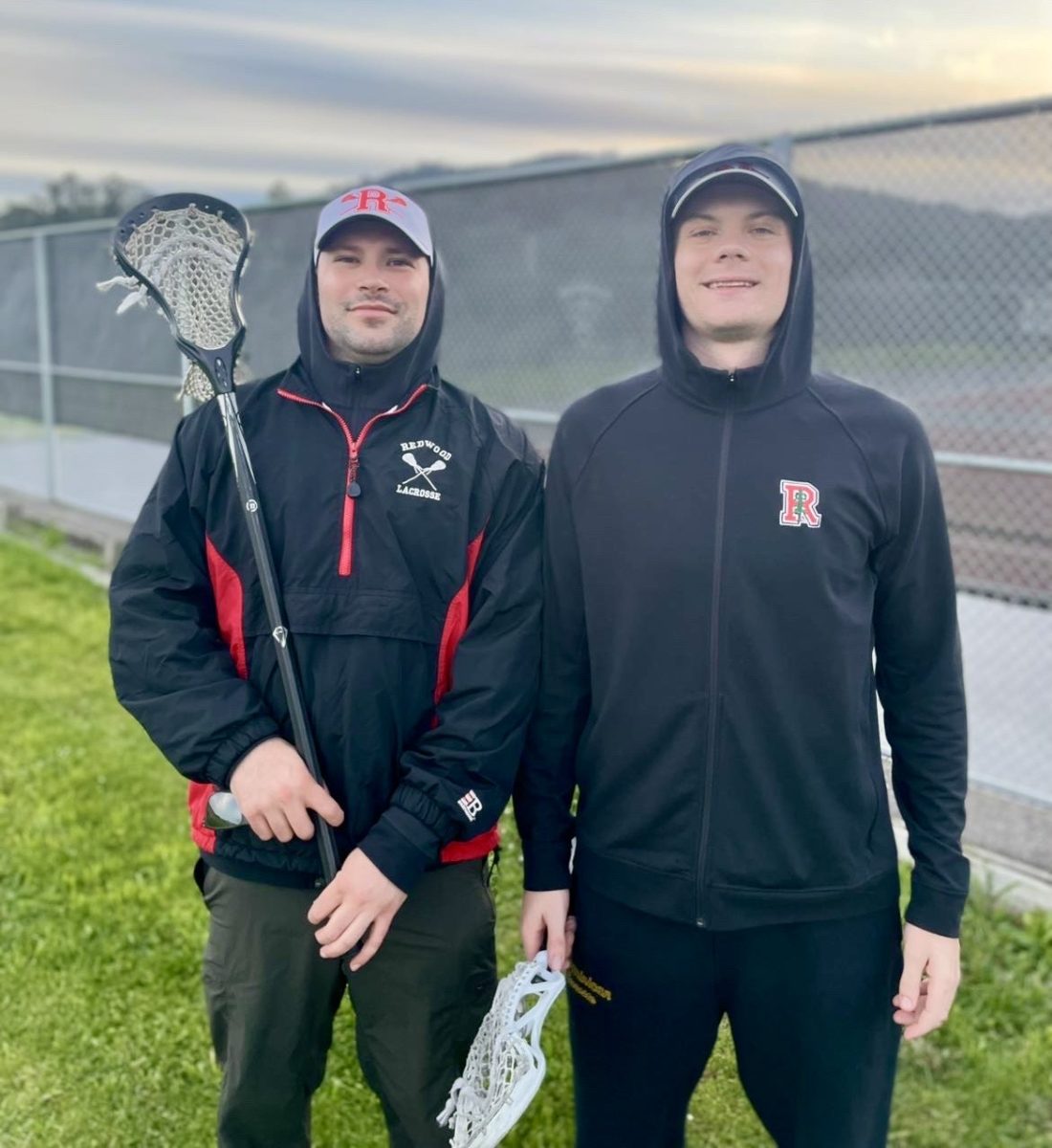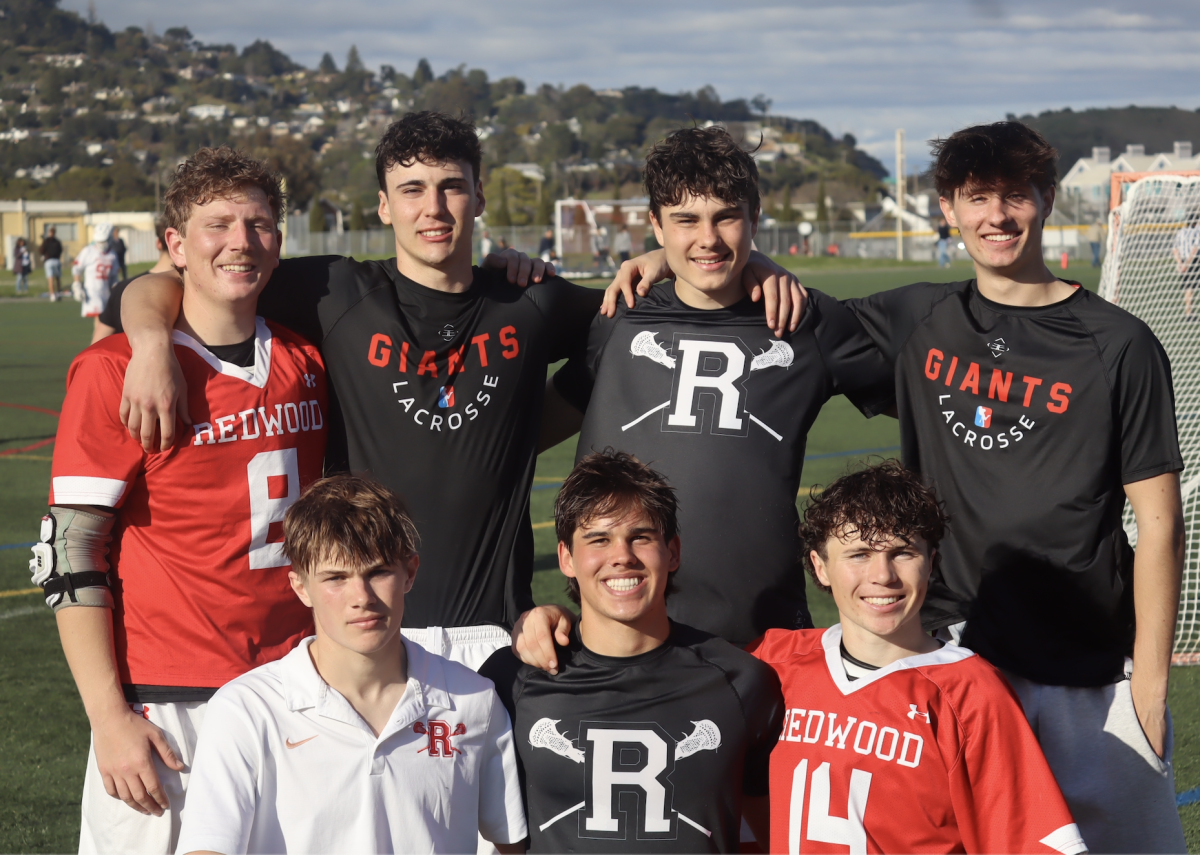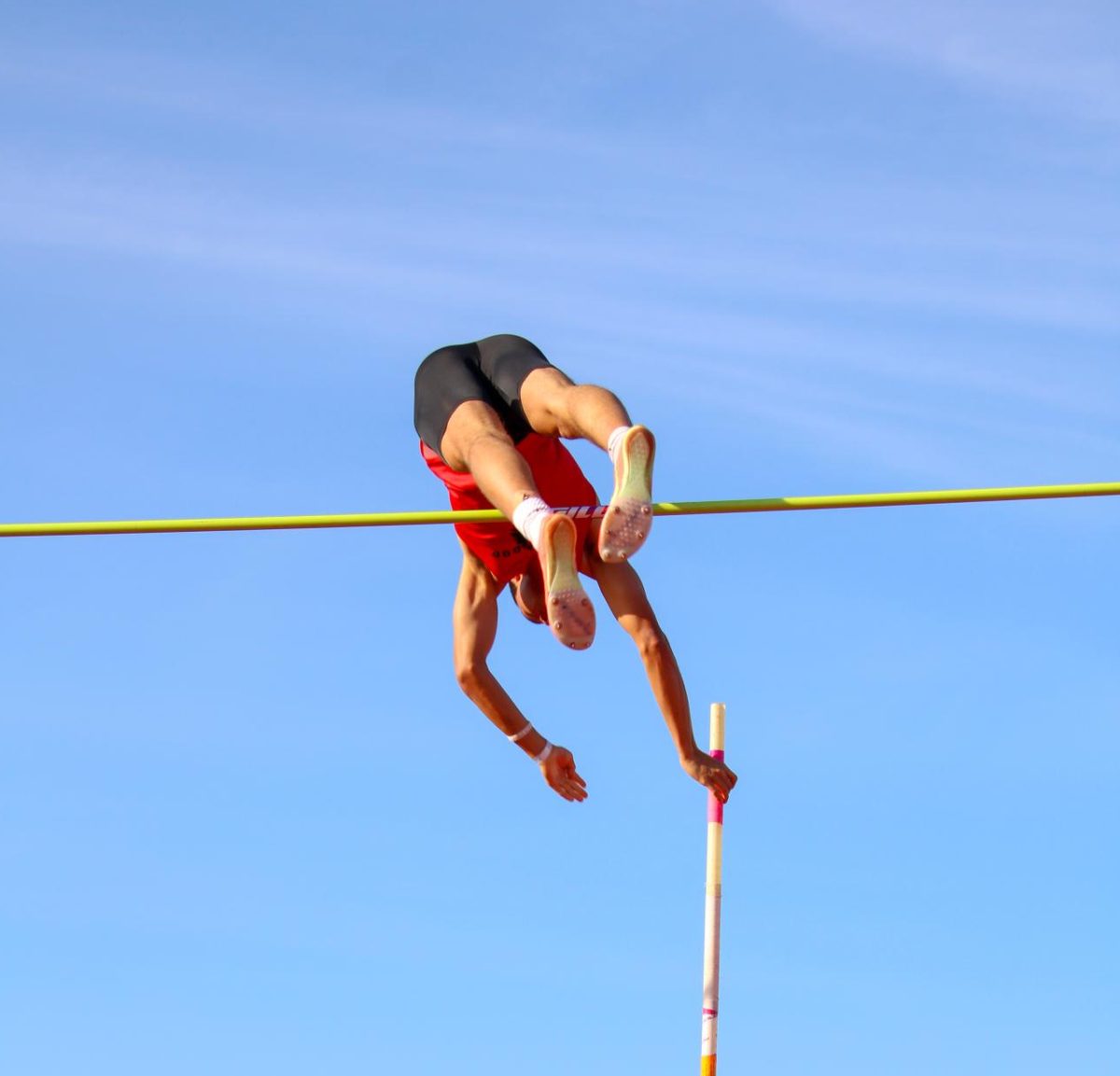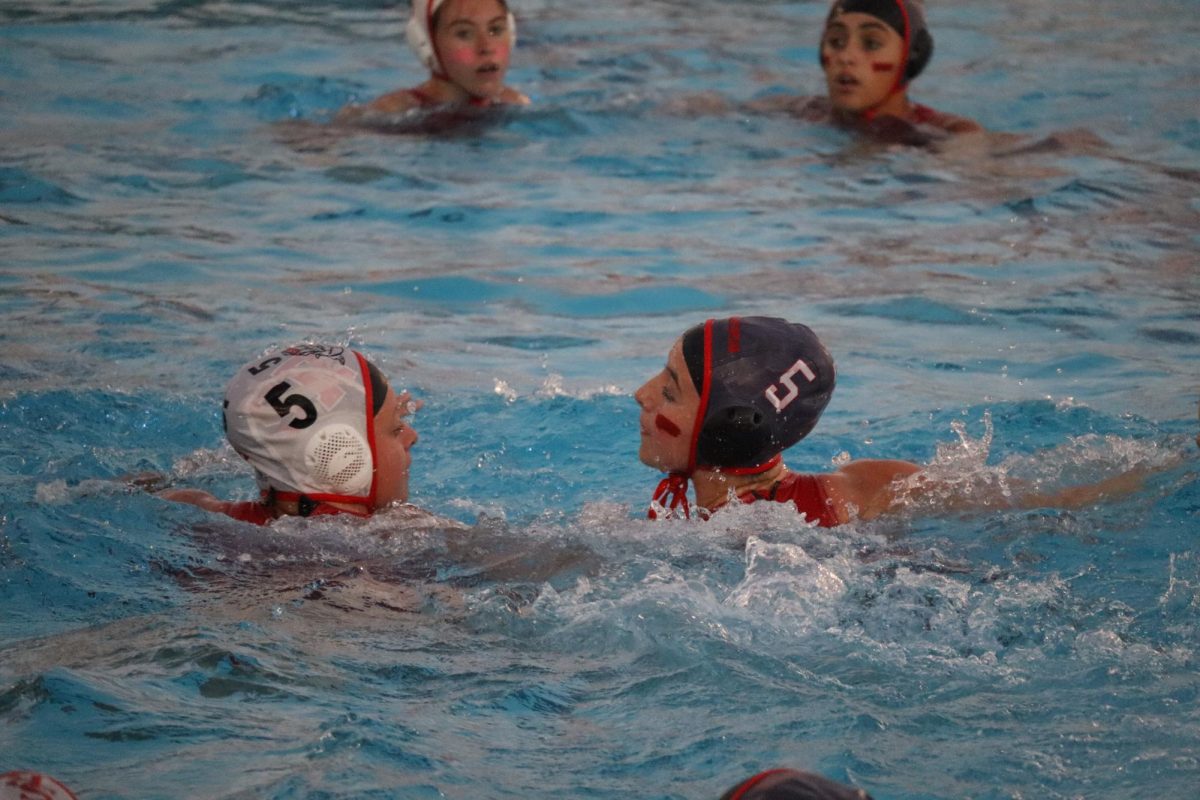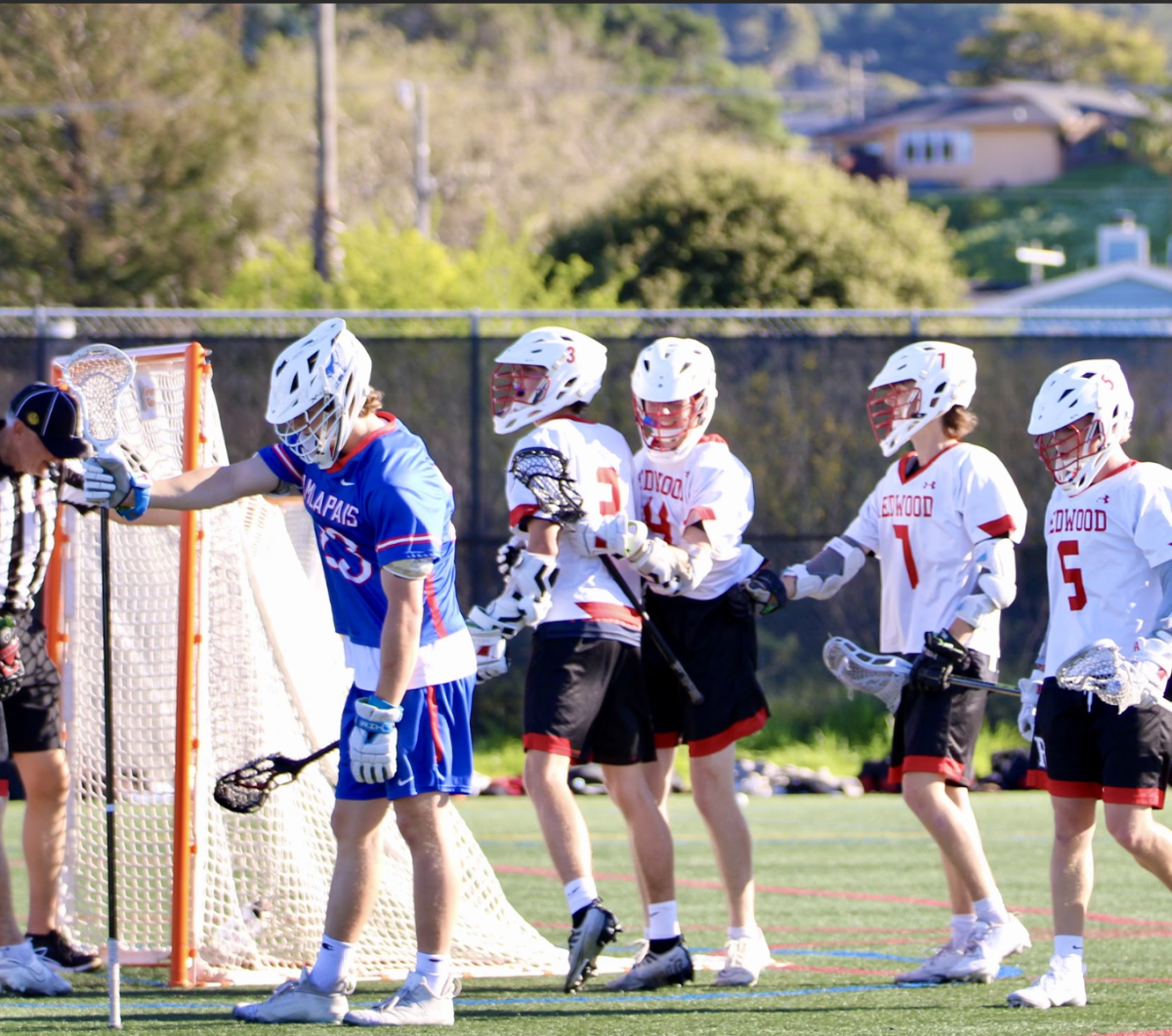In August 2024, an Alabama high school football player tragically passed away after suffering a brain injury on the field mid-game. Unfortunately, there have been many similar incidents that have had life-altering effects. Tackle football has the highest concussion rates among all sports with an 18.6 percent chance of getting a concussion throughout their career in a game or practice, according to the National High School Sports-Related Injury Surveillance Study. Recently, with advancements in football safety, guardian caps, which are soft-shell foam coverings worn over a player’s helmet to minimize the impact of head collisions, have been gaining attention. Senior varsity football player Ronan Ralston, who has suffered several concussions, believes guardian caps should be required for all players.
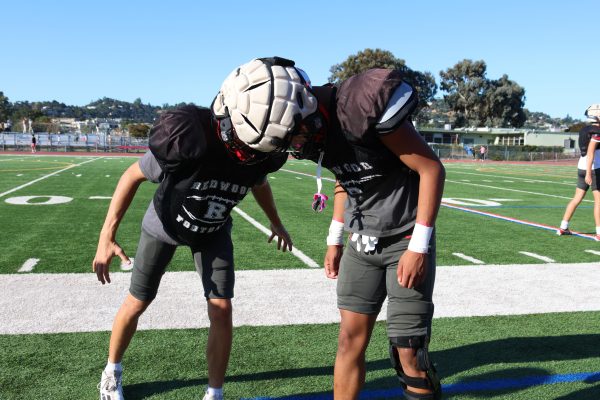
“Guardian caps, in theory, should be required for football games as they have led to [significantly] less concussions and head injuries. However, I believe that they are [less fashionable], but to be honest I’ve had two concussions [so] they probably should be [required]. They should integrate logos or colors into the guardian caps to make it match the helmet or jersey color,” Ralston said.
The caps were introduced in 2010 by the company Guardian Sports and quickly gained traction as they were used in both college and pro practices and scrimmages. In 2022, they were required to be worn for offensive and defensive linemen during National Football League (NFL) training camp, and just this year, the NFL began to allow players to wear these protective caps during regular season games.
Six NFL players have worn the caps this year, including Jabrill Peppers and Jeremiah Owusu-Koramoah, both well-respected linebackers. Tua Tagovailoa, quarterback for the Miami Dolphins, suffered a head injury on Sept. 12 resulting in him being placed on the injured reserve until the end of October. With rumors floating that Tagovailoa could be forced into retirement due to brain trauma, it is likely that we will see more players wear guardian caps in game. This raises a big question if they should be required to be worn at the younger level.
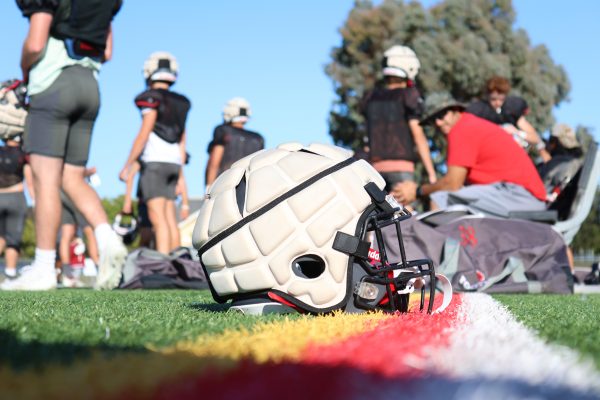
For high schoolers, guardian caps are not required. However, some high school and youth teams do wear them during practices, and individual programs can choose to use them. The National Federation of State High School Associations (NFHS) does not endorse guardian caps, but it does permit their use as long as it doesn’t violate NFHS football rules. Redwood, along with many other teams in Marin use guardian caps only for practice, although it is clear that guardian caps should be required to wear during in-season games as well.
“Guardian caps would lead to a reduction in [injuries]. You know, those little hits add up, but also those big hits that you know cause severe concussions.” Ralston said
Jeff Miller, the NFL’s executive vice president, during an interview with CNN, commented on the effectiveness of guardian caps.
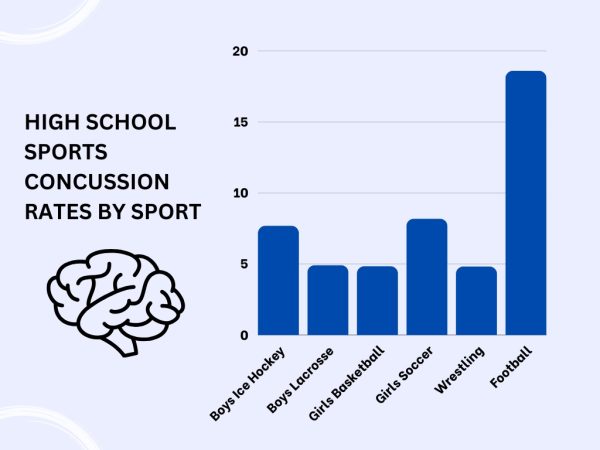
“Guardian caps have contributed to a nearly 50 percent reduction in concussions for their specific position groups.” Miller claimed to CNN’s Coy Wire.
Ralston explained how the only downside really is the “hideous looks,” but the benefits outweigh this and as the caps begin to become more common and integrate into games, players will start to warm up to the visual aspect of the caps.
Integrating guardian caps into regular season games for high school players will cause a reduction in concussion rate and will benefit the longevity of high schoolers’ academic and athletic careers.



